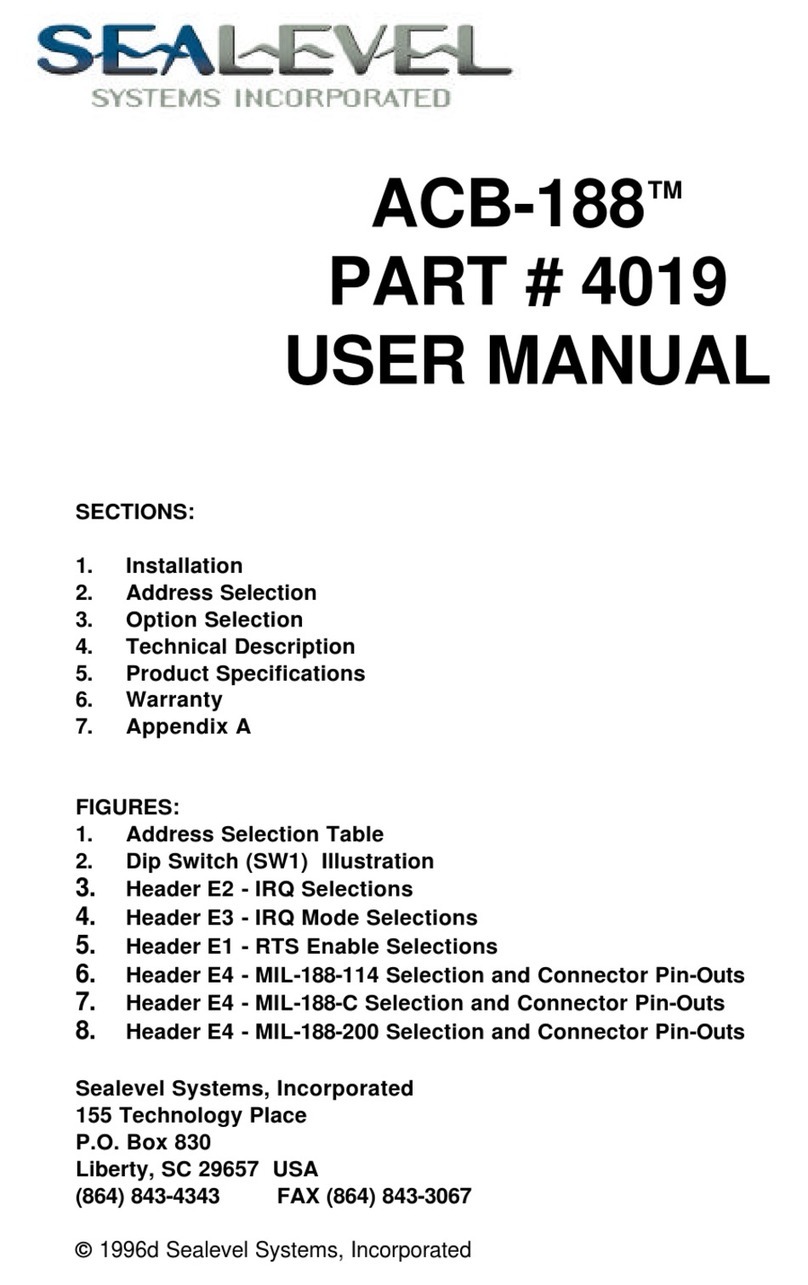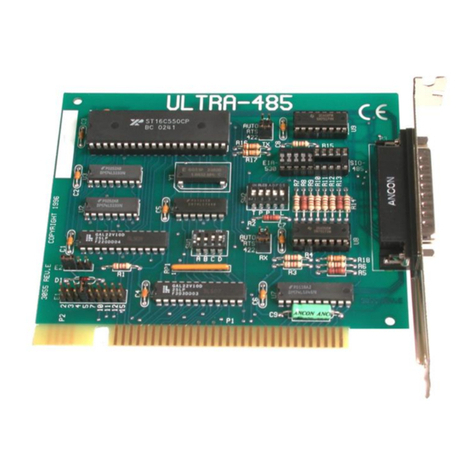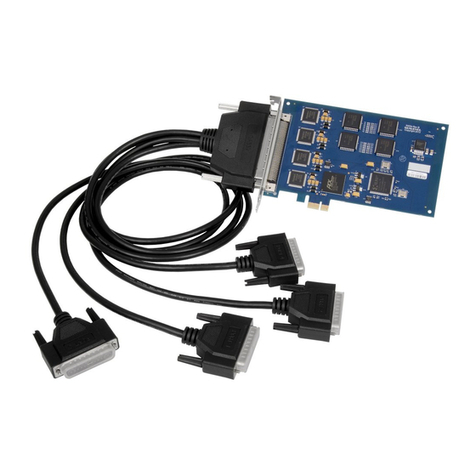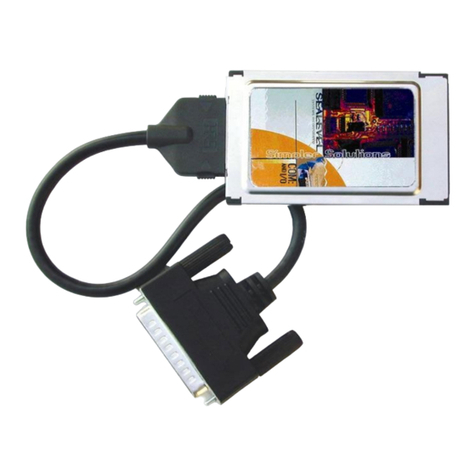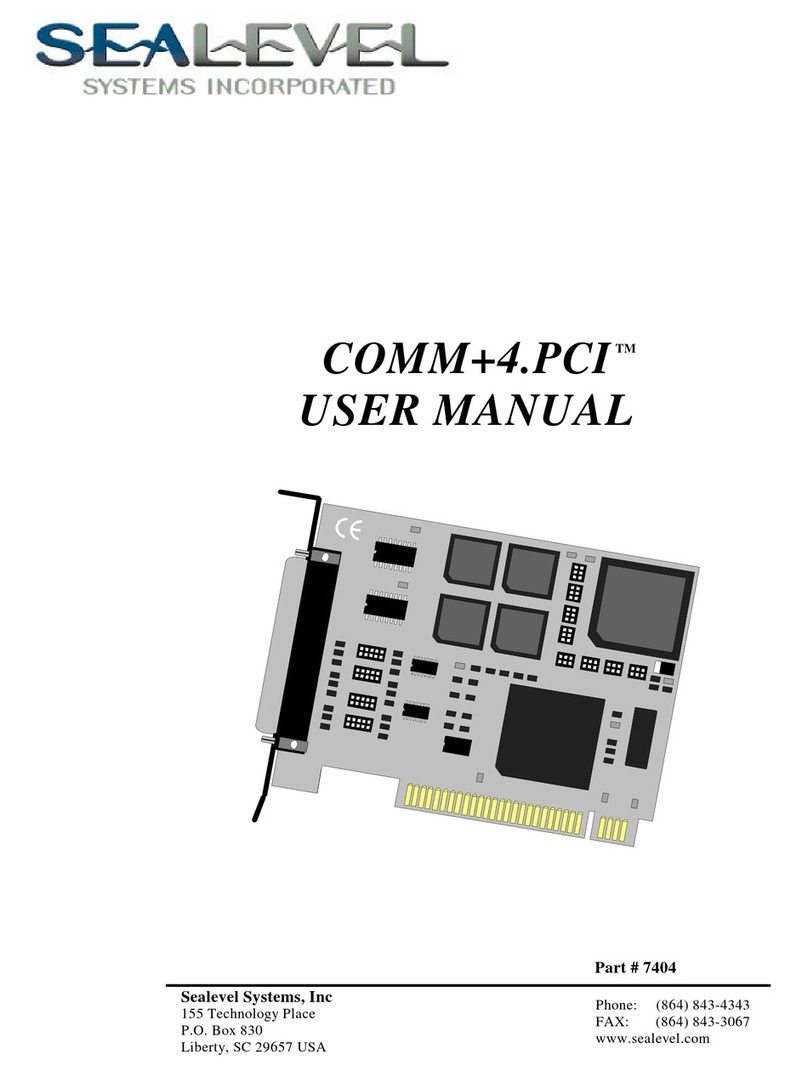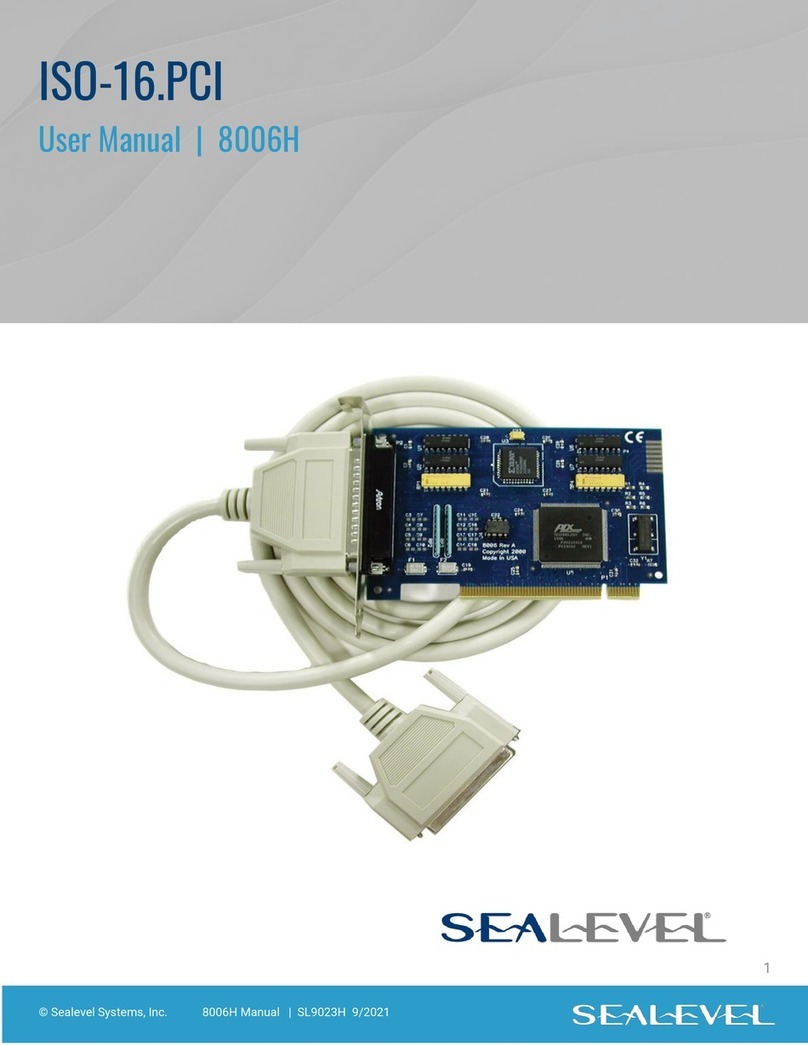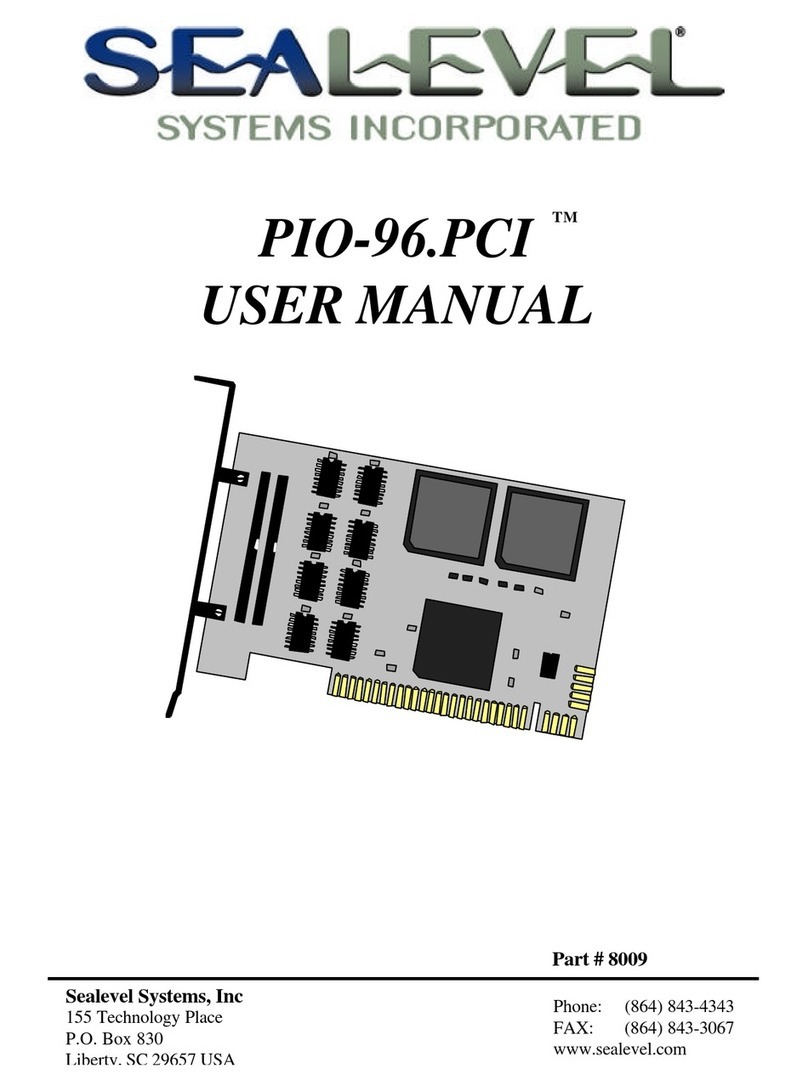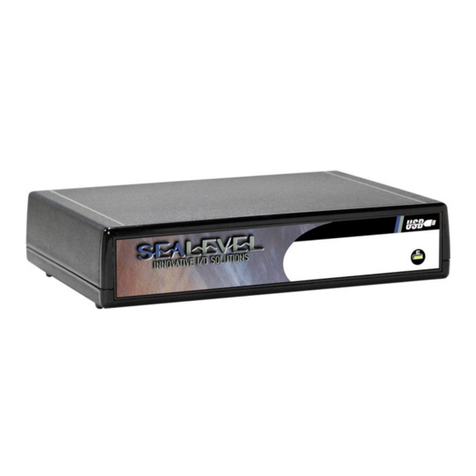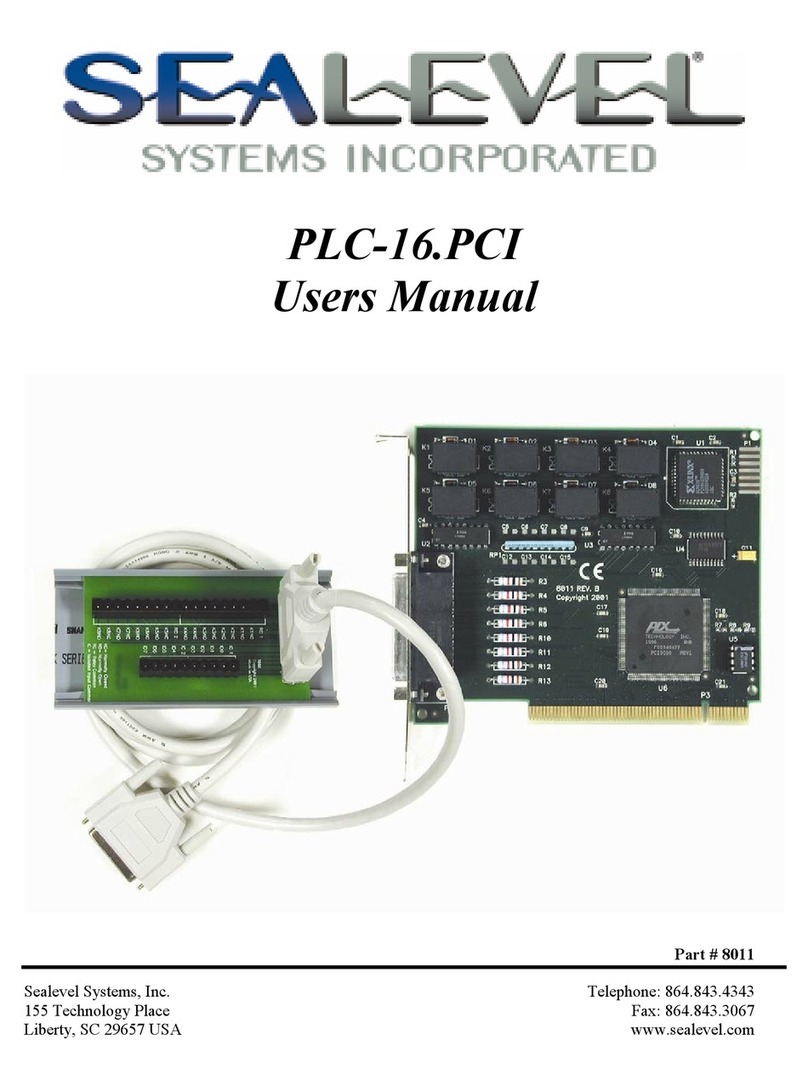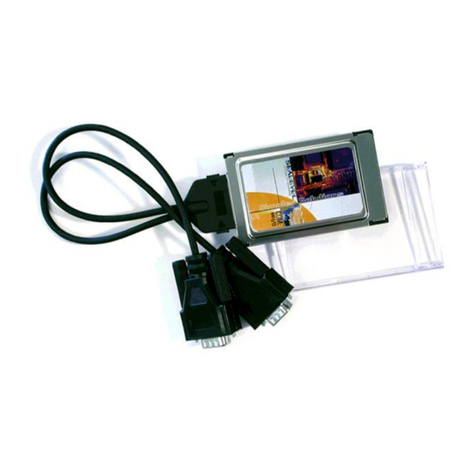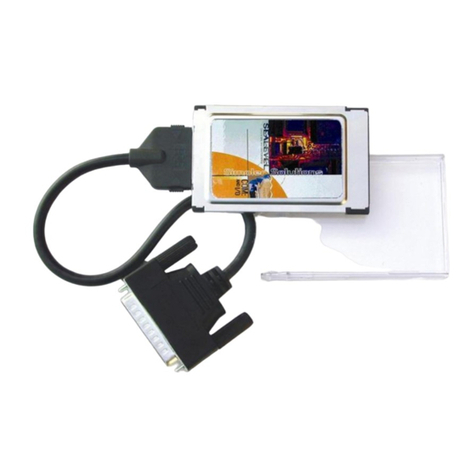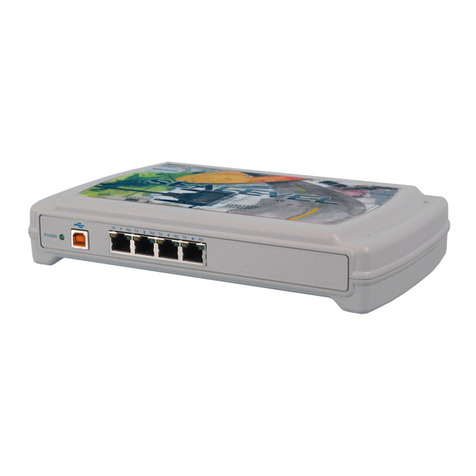Software Installation
Windows Installation
Do not install the Adapter in the machine until the software has been fully installed.
Only users running Windows 7 or newer should utilize these instructions for accessing and installing
the appropriate driver via Sealevel’s website. If you are utilizing an operating system prior to
Windows
7,
ple
ase
contact
Sealevel
b
y
calling
864.843.
4343
or
em
ailing
suppo[email protected] to receive access to the legacy driver download and installation instructions.
1. Begin by locating, selecting, and installing the correct software from the Sealevel software driver
database.
2. Select the Part Number (#3720) for your adapter from the listing.
3. Select ‘Download Now’for the SeaIO Classic for Windows. The setup file will automatically detect
the operating environment and install the proper components. Next (depending on your browser)
select the ‘Run this program from its current location’ or ‘Open’ option. Follow the information
presented on the screens that follow. During setup, the user may specify installation directories
and other preferred configurations. This program also adds entries to the system registry that are
necessary for specifying the operating parameters for each driver. An uninstall option is also
available to remove SeaIO files and registry/INI file entries from the system.
4. If installing in NT, skip to step 13. ‘Windows NT Card Installation.’
5. Go to the “Add New Hardware Wizard” in the Control Panel.
6. When the Wizard asks if you want Windows to search for the new hardware, choose “No, I want to
select the hardware from a list.”
7. Scroll through the list of categorized hardware and select ‘SeaIO Devices.’ If this is the first SeaIO
device you may need to select ‘Other Devices’ and ‘Sealevel Systems, Inc.’ instead of ‘SeaIO
Devices.’
8. Click “Next.”
9. Select the card model and press “Next.”
10. The Wizard will guide you through a few more informational prompts; continue to click “Next” until
it is completed.
11. Your card’s resource assignments may be adjusted through the Device Manager (if, for instance,
you need to change the I/O port address Windows assigned when you installed the card).
12. Windows software installation is complete
13. Windows NT Card Installation: After accomplishing steps 1 –6, bring up the Control Panel and
double-click on the SeaIO Devices icon. To install a new card, click “Add Port.” Repeat this
procedure for as many SeaIO cards as you wish to install.
